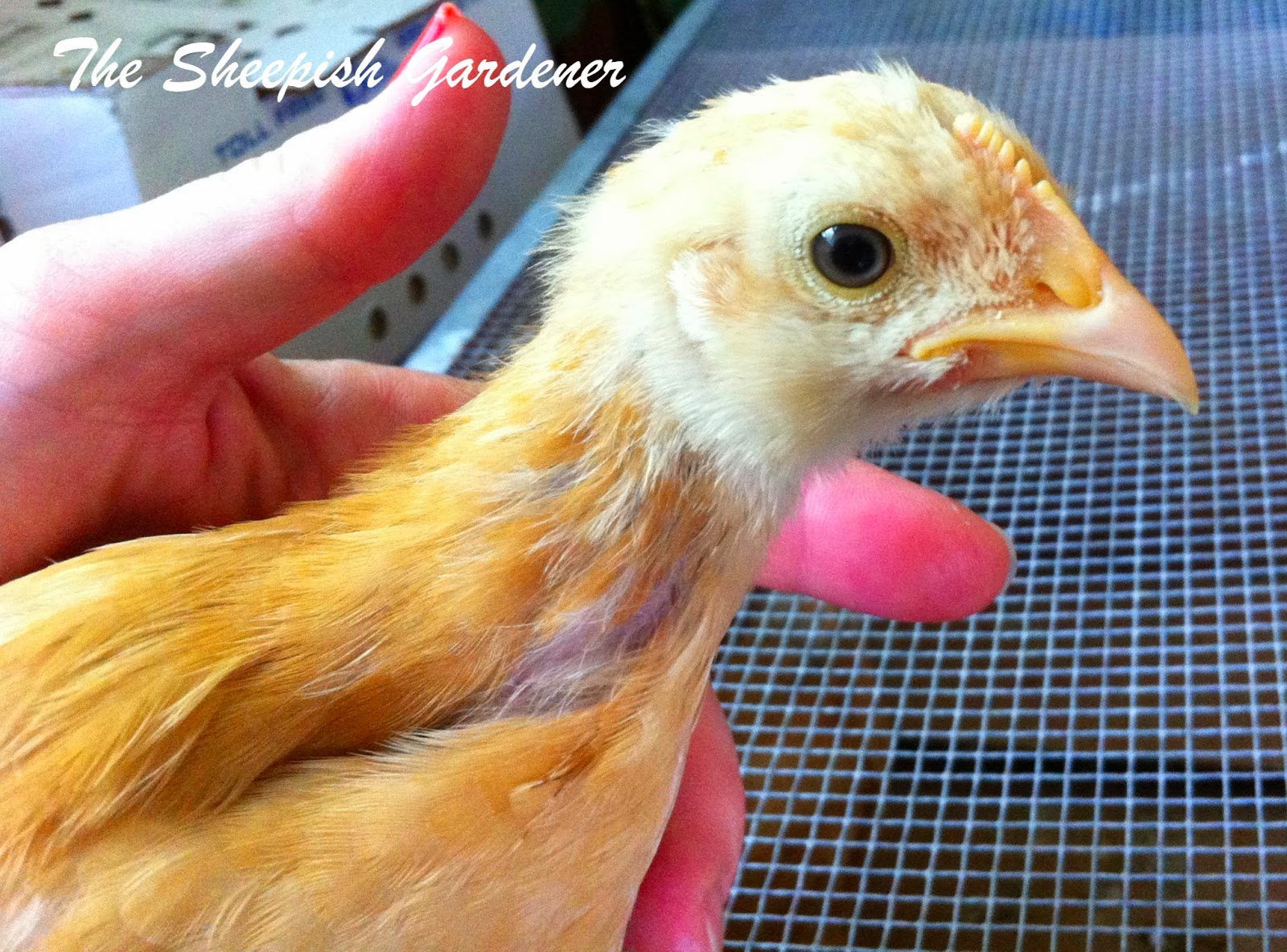We were gone for a week, and when we left the Littles were still pretty little. The first batch of Littles--James-the Light Brahma Rooster, Rocky-the Barred Rock, and Pumpkin, Buffy, and Toot-the three Buff Orpingtons--were already mostly feathered in. But the Little Littles--the three Black Australorps--were still pretty fluffy.
The picture below was taken a week before we left, when the Big Littles were 32 days old, and the Little Littles were 12 days old.
You see how the Australorps were still balls of fluff for the most part. And the bigger chicks look like awkward teenagers.
The next shots were taken two weeks later, after we returned from our vacation.
 |
| Toot, Buffy, Rocky, & Pumpkin and an Australorp on top of the waterer. |
 |
| Our roo, James and an Australorp |
 |
| Our roo, James and an Australorp |
At 38 and 28 days respectively, you can see how much they've grown in the two-week span between these photos. The Big Littles are all fully feathered now, and the Australorps are quickly approaching that status. It was a shock to come home to these dramatic changes.
The most startling change, though, was the appearance of a pronounced crest and wattle on one of the bigger Australorps. Especially when compared to the other of the same size. (The third Australorp may be a day or so younger than the others because she is smaller and less feathered. I call her Tiny.)
I will definitely keep you posted on the progression of this possible rooster. But remember, I won't really know until the crow.
Chicken Love!
.jpg)

.JPG)
.jpg)
.JPG)
.jpg)



.jpg)
.jpg)
.jpg)

.JPG)
.JPG)
.JPG)
.JPG)
.jpg)

++Finished+Toad+Hous+in+Garden+(5).jpg)
.jpg)


































